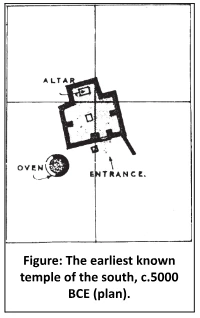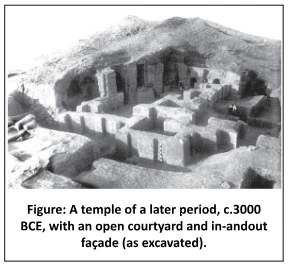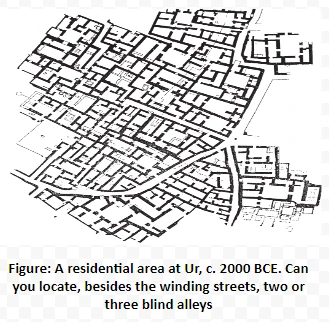![]() January 8, 2024
January 8, 2024
![]() 549
549
![]() 0
0
Introduction to Early Urbanization in Southern Mesopotamia: Temples and Trade Centers
From 5000 BCE, urbanization in Southern Mesopotamia sparked the development of settlements. The earliest cities emerged from some of these settlements. These were of various kinds: those that gradually developed around temples; those that developed as centers of trade; and imperial cities.
It is cities of the first two kinds that will be discussed here.


|
The Seal – An Urban Artefact
In India, early stone seals were stamped. In Mesopotamia until the end of the first millennium BCE, cylindrical stone seals, pierced down the centre, were fitted with a stick and rolled over wet clay so that a continuous picture was created. They carry writing: the name of the owner, his god, his official position, etc. A seal could be rolled on clay covering the string knot of a cloth package or the mouth of a pot, keeping the contents safe. |
Dynamics of Urbanization in Southern Mesopotamia: Wealth Disparities, Opulence in Burials, and Family Structures

Conclusion
The archaeological journey through Urbanization in Southern Mesopotamia unveils a dynamic tapestry, wherein evolving temples, economic stewardship, and technological strides played pivotal roles in shaping the landscape of this ancient civilization. The intricate patterns of diverse burial practices and the pragmatic adaptations in drainage systems underscore the multifaceted impact of Urbanization in Southern Mesopotamia, revealing the intricate interplay between human settlement and technological advancements during this transformative era.
<div class="new-fform">
</div>

Latest Comments